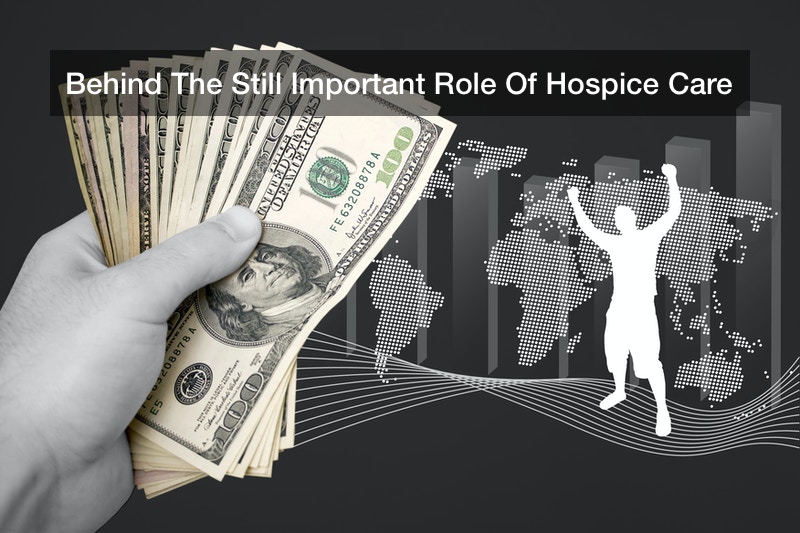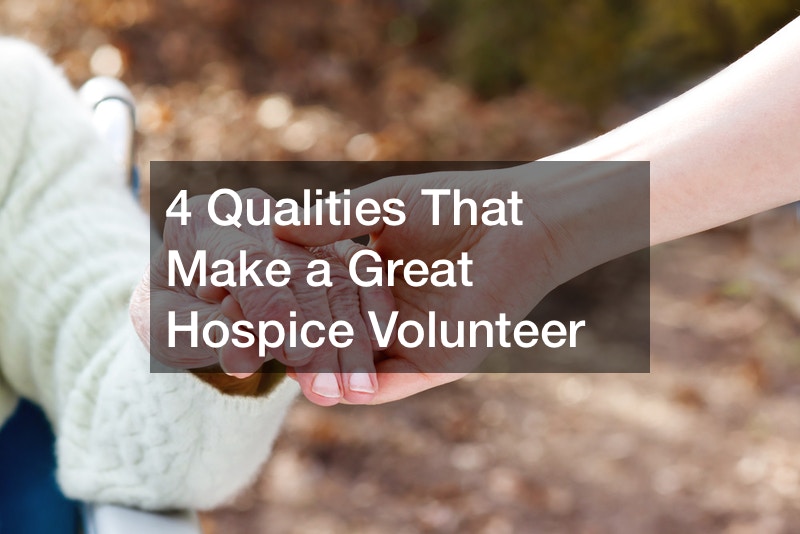
Behind The Still Important Role Of Hospice Care

In some way, shape, or form, hospice care has been around for a considerable period of time – a very considerable one indeed, as a matter of fact. It dates back centuries – to the 11th century, to be just a bit more specific, when a religious order of monks set up the very first hospice, a hospital located on the pilgrimage road that led to Jerusalem. In the years that have followed since, hospice has developed and grown. It has also, of course, become more and more important with each passing year.
In our world today, something like a holistic hospice care facility is vital to the well-being of a great many people. A holistic hospice care facility will likely have the hospice resources that are needed, resources that are not always able to be found in the typical home. And the need for a holistic hospice care facility can occur for a number of difference reasons, though hospice services will typically not begin until after the process of making a formal referral has gone through and a hospice representative has been able to visit or at least speak with the prospective patient in question.
For many people, old age is the reason to seek care from a holistic hospice facility or other such hospice organization. After all, old age can take a toll on the body as well as the mind, making independent living difficult if not totally impossible. In home injuries among senior citizens are certainly higher and more prevalent than what is necessarily ideal, something that should be taken into account when it comes to finding a safe living situation. And taking advantage of the hospice care provided at a typical holistic hospice care facility can make a world of difference for overall safety and even overall quality of life for the typical elderly person who is no longer able to continue to live on their own.
And the elderly population is a rapidly growing one as more and more members of the Baby Boomer generation reach their older years. After all, data has even found that at least one fifth of the American population will have at least reached, if not exceeded, the age of 65 (when someone is officially considered to be a senior citizen) all by the time that this decade draws to a close. This has, in part, caused the population of those receiving hospice care (often from a holistic hospice care facility) to swell as well. As of the current date, there are at least one and a half million people receiving hospice care services here in the United States. This marks a tremendous growth even just from the year of 2000, when only just over a mere half of a million patients were receiving hospice care in any form, such as at a holistic hospice care facility.
Though only around 5% or so of all patients staying at a holistic hospice care facility or receiving hospice care in any other way are under the age of 65 (and are therefore not considered to be a senior citizen), hospice care can be beneficial for reasons outside of old age as well. For instance, a person living with a terminal illness might end up needing hospice care at some point in time, especially when the time comes to give palliative care. Hospice care for terminally ill patients can help to give them dignity and quality of life as their life begins the process of drawing to a close.
Fortunately, the holistic hospice care facility is one that has been on the rise, with holistic hospices of all kinds springing up from one end of the country to the next – and everywhere in between as well. For many people, hospice care is hugely beneficial, whether they need hospice care in their old age or earlier, as the result of a serious injury or terminal illness. Ultimately, the prevalence of hospice care has remained significant over the course of centuries, something that will remain true in many of the years that are ahead of us as well, of this there is very little doubt.
